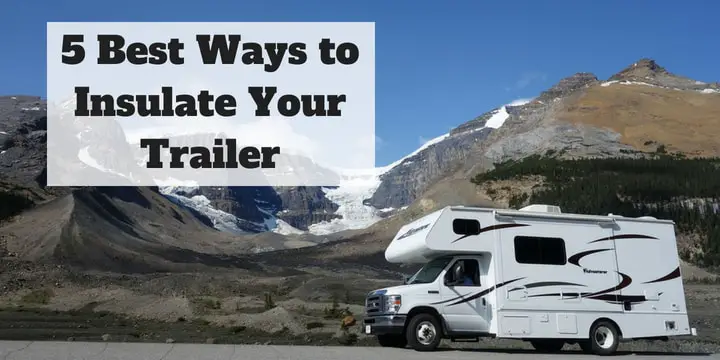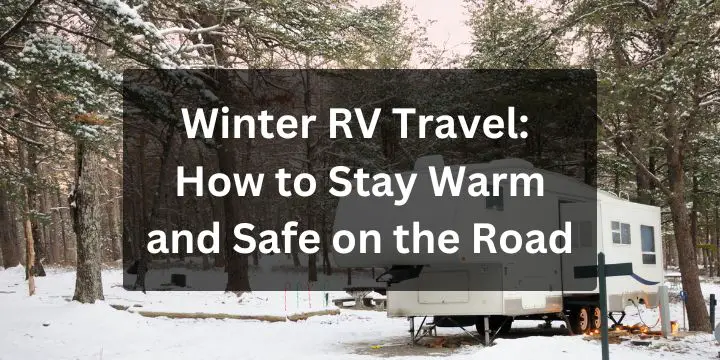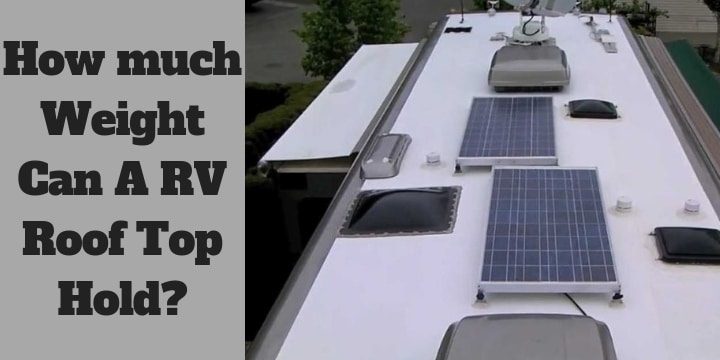5 Best Ways to Insulate Your Trailer
For example, a motorhome or RV will frequently accompany a radiator as well as a ventilation system for temperature control. Trailers, particularly little ones, now and again do not have these necessities. That is the reason it’s all the more essential for your trailer to be insulated from top to bottom.
Along these lines, you can trap in the glow or coolness and clutch it as long as you can.
If you were to complete a touch of research on protection, however, all you’d find are answers for RVs. This isn’t to imply that those same arrangements won’t work for your trailer, since some will.
It’s about time trailer proprietors get the acknowledgment they merit. That is the reason, in this article, I’m aggregating five marvelous ways to keep up the temperature in your trailer with protection. While not every one of these strategies is cooked only to trailers, the vast majority of them are.
Before we begin, there are two things I need to note. The first is that it’s not prescribed you spend a winter outdoors in a trailer, regardless of whether you utilize all the protection techniques I recommend.
Trailers are inclined to air spills and may have a solitary thin layer of protection, frequently made of fiberglass. These factors are conflicting with you.
Since you’re protecting a versatile vehicle, you don’t have to stress such a great amount over how R-values differ the nation over and the different zones. Simply realize that the higher the R-esteem, the better.
>> You may also like: First Time Travel Trailer Owner Tips, Beginner’s Guide. <<
Five Great Ways to Insulate Your Trailer
Replace Your Windows
Most trailers have single-sheet windows. These don’t insulate your vehicle by any means, and in truth do the inverse. Single-sheet windows are thin and shoddy, so cool or warm air can without much of a stretch get into the trailer through the windows. That abandons you shuddering or perspiring.
There are a few reasons you may be hesitant to do that, however. For one, it can be somewhat costly. Second, tinkering with your trailer that much could void your guarantee.
Once you’ve gotten your new window(s) requested and close by, you can start the activity of uninstalling your present windows. Once in a while, this is as straightforward as unscrewing the window outline and going from that point. With metal and vinyl siding windows, you should remove the siding first.
Video Overview: How To Replace an RV Window, and How It’s Made!
Reseal Doors
Since your windows are dealt with, it’s an ideal opportunity to handle another territory where significant cool/warm misfortune happens: If your trailer entryways don’t have weatherstripping, that is the primary thing you can change. You can arrange to weatherstrip on the web or get it at any home change store. If you claim a house, at that point you’ve seen weatherstripping in real life. This segment of cumbersome texture sticks underneath your front way to keep drafty air from disturbing the coolness or warmth of the inside.
Video Overview: Awesome RV Door Seal Fix
Cover Your Vents
If you’ve insulated your windows and entryways despite everything you’re seeing chilly or hot air coming in through your trailer, it may be the case that you disregarded your vents. They’re higher up in your vehicle, all things considered, so they’re not entirely obvious.
Your trailer vents are a significant piece of your setup, as they enable stickiness and dampness to move through and leave your vehicle. That anticipates awkward fogginess for the time being and shape and mold in the long haul.
This one from Camco is basically the most elite. It’s appraised five stars on Amazon and is likewise an Amazon Choice item. It costs $14.99, so it shouldn’t break any financial plans. It’s made for RV and trailer vents that are no less than 14 inches, yet you could most likely slice or pack it to fit littler vents.
You can get the vent pad with or without an intelligent surface. The non-intelligent pad is somewhat more costly, by not as much as a dollar. The two sorts of pads will insulate your trailer all the more adequately. The intelligent form even offers reward UV assurance.
Clearly, you ought not to utilize your trailer’s vents with the pad still set up. It’s so natural to place and expel this pad when required that you’ll consider how you at any point lived without it previously.
Video Overview: MaxxAir vent cover install DIY for RV’s And Motorhomes
Skirt the Trailer
Avoiding is, as a matter of fact, a strategy that is utilized more for RVs than trailers, yet hello! What’s stopping you from avoiding your vehicle, too? All things considered, your trailer’s underside is similarly as defenseless against chills or warmth from the outside as an RV’s seems to be.
RVSkirting.com has practical experience in outlining RV skirts. If you have a fifth-wheel trailer, you can get a skirt for this trailer compose specifically. Else, you should need to connect with them or another maker and get some information about custom measuring.
Video Overview: How to skirt an RV.
Reinsulate the Walls
Keep in mind toward the start of this article how I said that most trailers have a thin, shaky layer of fiberglass protection on the dividers? Better believe it, that is no great. Regardless of whether you do the other four protection strategies I recommended, despite everything you probably won’t be as agreeable as you can be.
By reinsulating your dividers, you can rest guaranteed that you’ve done everything you can for temperature control in your trailer. You should need to check with your trailer producer if even an expert can chip away at your dividers.
RVs may have more extravagant housing than trailers (more often than not), yet that doesn’t mean you need to spend your pre-winter solidifying cool or sweat it out all mid-year. There are a lot of ways to more readily insulate your trailer.
Begin with the entryways and windows, two of the greatest guilty parties. The vents can likewise give outside air access to your calm trailer.
Certainly, trailers aren’t really implied for winter driving, however, with crisp protection, you know you can withstand any temperature extraordinary the climate needs to toss at you.
Video Overview: RV Renovations – Adding wall insulation
>> You may also like:45 RV Accessory Must-Haves for Your Travel Trailer<<



